The Toyota Venza Is Dead: Here's Why
A Camry wagon sounds ideal. On paper.
But Toyota’s announcement that the Venza will be discontinued follows U.S. sales declines in four of the last five years. Venza volume peaked in the model’s first full year at 54,410 units. Two years later, in 2011, Venza sales slid 28%. Last year, U.S. Venza volume was barely more than half what it was in 2009.
In a Toyota showroom chock-full of SUVs and crossovers – RAV4, Highlander, 4Runner, FJ Cruiser, Land Cruiser, Sequoia – and a close relation at Lexus, the RX, routinely outselling all premium SUV/CUV nameplates, the Venza was tasked with too great a challenge: carve out a niche for a brand which already has all corners covered, but not too small a niche.
Meanwhile, the Camry continued to prove successful at generating sales activity in the mainstream, with increased sales in 2012, 2013, and 2014, all years in which Venza volume declined.
The Venza lacks the Highlander’s third row and, in recent times, operated with a base price 23% higher than the RAV4’s. The standard 2.7L, 181-horsepower inline-four is tasked with propelling 3800+ pounds. And while the Subaru Outback’s success leads many to believe that there’s room in a corridor between traditional cars and utility vehicles, the Venza and far less common ( and similarly discontinued) Honda Crosstour consistently imply otherwise. (Other two-row utility vehicles like the Ford Edge and Nissan Murano sell far more often than the Venza.)
Aside from the car’s low U.S. sales volume, the cancellation of the Venza will open up greater production capacity for more popular vehicles built at the same Kentucky site, Toyota’s Avalon and Camry, the latter being America’s best-selling car.
But if the Venza had proven sufficiently popular, Toyota wouldn’t need to rely on the Highlander and RAV4 to generate the volume to make up for Venza losses. Aside from August 2009’s Cash For Clunkers-empowered 8435-unit performance, Toyota USA only sold more than 5000 Venzas in four different months: July, October, and December 2009 and March 2010. Average monthly volume since 2011 fell below 3100 units.
Subaru sold more than 10,000 Outbacks per month during the same period.
Timothy Cain is the founder of GoodCarBadCar.net, which obsesses over the free and frequent publication of U.S. and Canadian auto sales figures.
More by Timothy Cain
Latest Car Reviews
Read moreLatest Product Reviews
Read moreRecent Comments
- Jeff I like the looks of this Mustang sure it doesn't look like the original but it is a nice looking car. It sure beats the looks of most of today's vehicles at least it doesn't have a huge grill that resembles a fish.
- Doc423 SDC's are still a LONG way off, 15-20 years minimum.
- CanadaCraig Luke24. You didn't answer MY question.
- Jeff I have never bought summer tires just all season and sometimes snow tires. Up until the last few years I had 2 midsize trucks which had 15 inch tires and when I got tires the last time for both I had a choice of just 2 tires Goodyear and Hankook all season tires. Hard to get any tires size 15 and below
- MaintenanceCosts This is probably as good as B5.5's get, but keeping it that way is going to be very very expensive, and for all that money you won't even have three pedals.

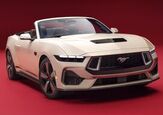

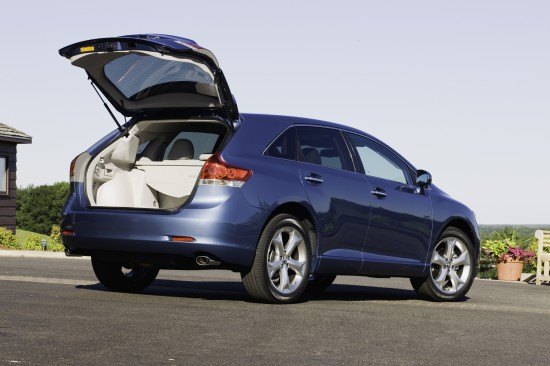






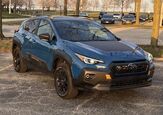
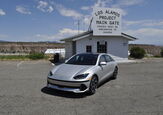





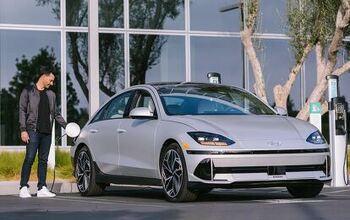
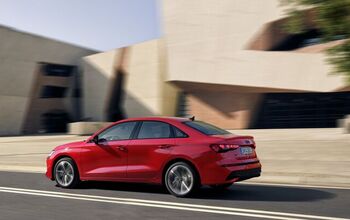

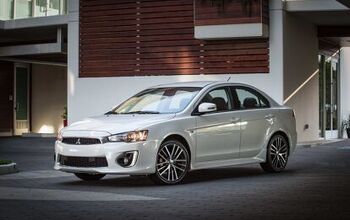
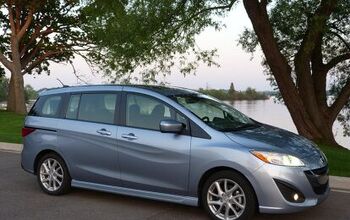
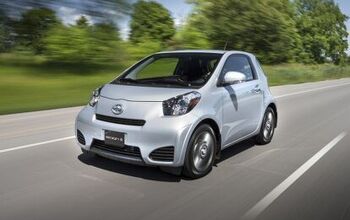
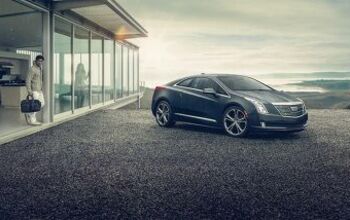
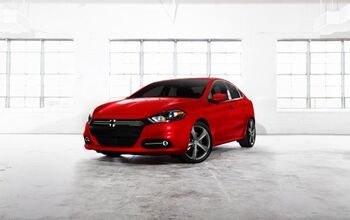

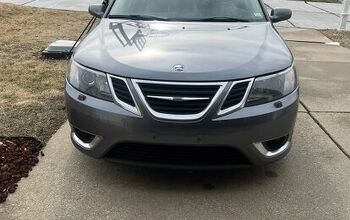
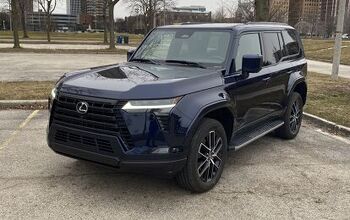
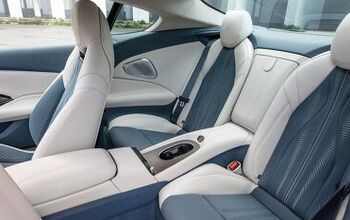
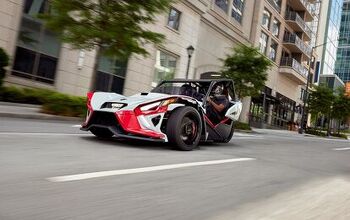
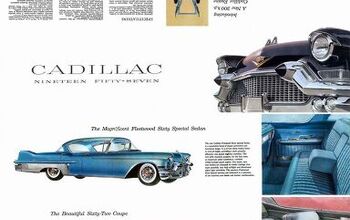
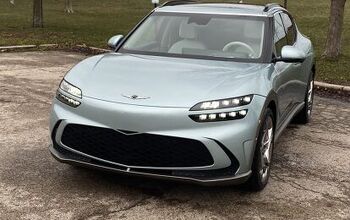
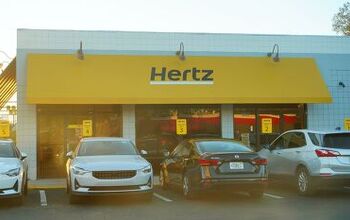


Comments
Join the conversation
I owned a Malibu Maxx, and when the Venza debuted I thought, "Yep, trust Toyota to take a good idea like the Maxx and do it right." Which, they mostly did. I think to be a 2-row vehicle, it needs to be overtly sporting or lux/sport in character (Does anyone really use 3-rows though?). The Venza may have carved a bigger niche as a Lexus, in fact I'm surprised there wasn't a Lexus version.
I own a Camery 2000 and we needed a second car for our family. We really wanted a diesel station wagon but the only option in our price range was a Jetta. That car is a waste of money in my opinion. Seeing the Venza was like the perfect surprise for me. I did not want SUV or a Subaru. I am very happy I grabbed a brand new 2011 Venza and I am very pleased with this car. Knowing toyotas really gives a good ROI if you just maintain it right. For me it's a station wagon not an SUV. It is annoying not having many Hondas and toyotas option of station wagon like in Europe, but the American market is different. This is my two cents.